Welcome to the guided tree walk at Springbrook Park. During this walk you will learn about 10 different tree species. Just follow the walkway in front of you. Each tree on the tour has a numbered marker painted on the cement. If you have trouble locating the markers, simply brush away the leaves on the sidewalk. Stops will be made in order at each number, but you can skip ahead or go back. This entire audio tour is about 15 minutes in length. If you want to learn more about the Girl Scout program, about my Gold Award, or about me, please listen to my short bio at the very end of the recording that will tell you more about what I have done. Enjoy your walk.
Read about the tree walk grand opening here.
Download this coloring page to assist in education of younger kids, teachers and troops learn more about native trees.
THE GIRL SCOUT TREE PROMISE
1. Post Oak
The post oak, or the Quercus stellata, is native to the East Tennessee area. This tree is also known as the iron oak. The leaves have a distinct oak like shape which can make this type of tree hard to discern from its counterpart, the southern red. The acorn tops are flat and the tree usually grows in drier soils. These trees typically grow on exposed ridges and usually live to around 300 to 400 years old. Before moving on, take a few steps around this oak and take in the entire structure that surrounds it from the roots to the top of the branches.
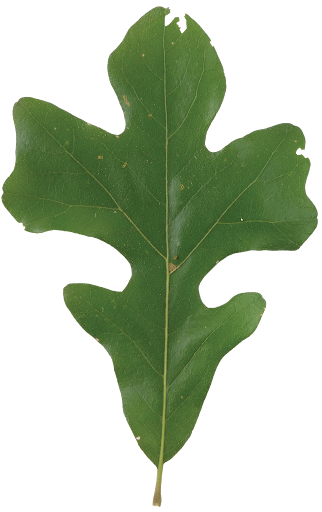
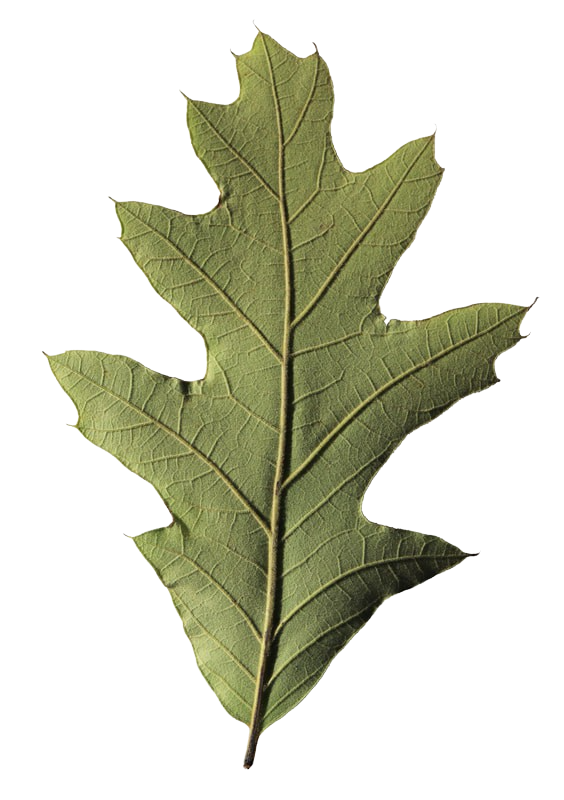
2. Southern Red Oak
The southern red oak, or the Quercus falcata, prefers to grow in more dry and acidic environments. As you can see, the bark is more of a darkish brown with shallow ridges. This tree is often used for Tannin, which is used to process and treat leather. It has a high heat index, meaning it burns well and is often used for fuel. Squirrels and song birds also like this tree for its plentiful acorns. Take a moment to observe this tree’s roots. It has large water storage capability, which helps it survive dry and cold months of the year.
3. Red Maple
The red maple or the Acer rubrum, is often known for its deep red leaf colors in the fall. This tree can adapt to most environments and is the most predominant tree in the US, so you can usually find the red maple in numerous locations. The twigs of the red maple are often reddish in color, unlike its counterpart the sugar maple, where the twigs are more whitish. The red maple is also known for its famous helicopter-like seeds, which come whirling down from the tree in early summer. Taking a closer look at the bark, can you guess what the settlers might have used it for? It was made into brown and black dyes that were used for dying clothes, and to make ink. This tree was used by the Cherokee too. The bark was used to treat eye inflammation and muscle aches.
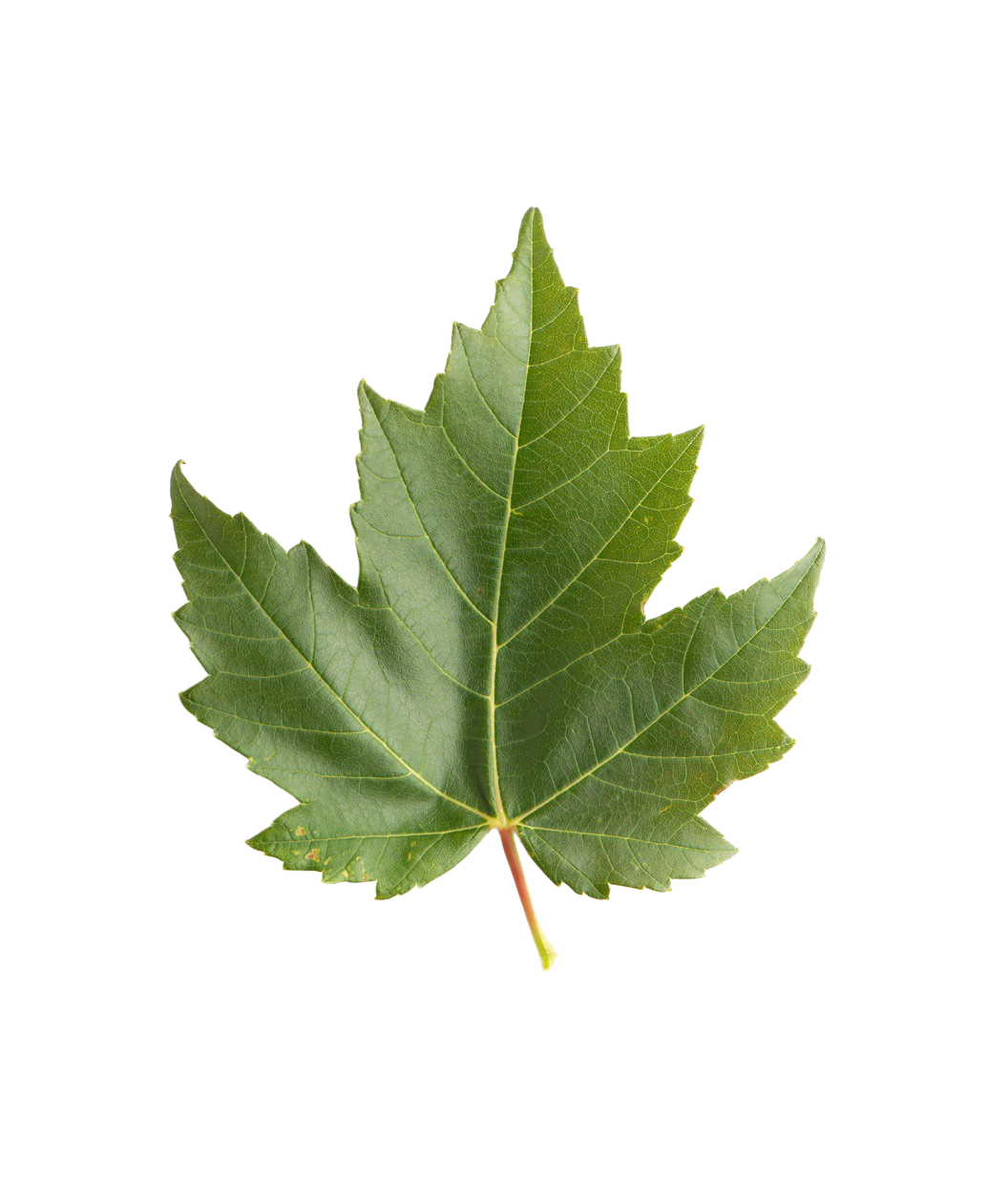
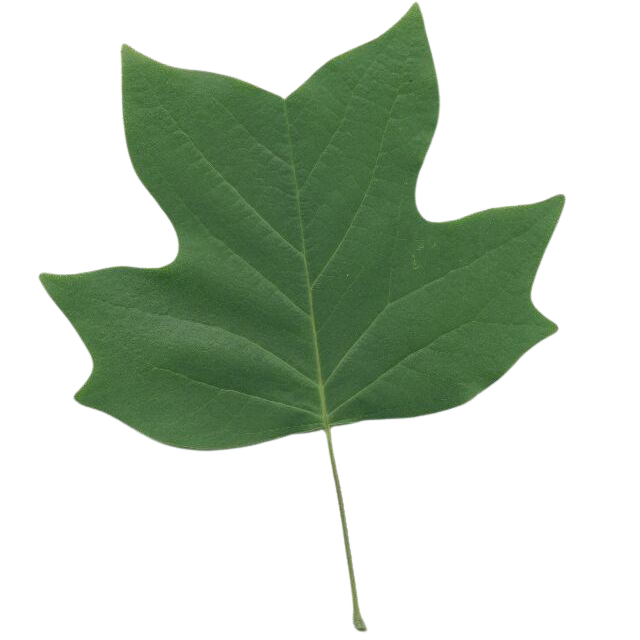
4. Tulip Poplar
The tulip poplar, or the Liriodendron tulipifera, is often known for its flowering buds in early April. The buds are usually orange colored in the center and extend outwards in a yellow cream color, and resembles a tulip. The tulip poplar’s range extends from the New England and Northern Ontario area to the Mid-Atlantic, down to Northern Florida. If you take a closer look at the bark, you will see that it has a yellowish brown color. This indicates that the tree is still maturing. The leaves are easy to distinguish as they have the shape of cat ears. The trunk of the tree was valued by early Tennessee settlers for cabin building. As you walk to the next stop, think about the diversity of these trees and how all of them fit into this individual ecosystem.
5. Sugar Maple
The sugar maple or Acer saccharum, is often known for being tapped to make maple syrup. As you observe the tree, take a look at the root structure. Like all maple trees, the sugar maple has roots with large water storage. Another one of the token signs of the maple tree is that the leaves grow opposite of one another. The biggest distinction from its counterpart, the red maple, are the different lobes on the edges of the leaves. The timber is often whitish in color when cut, and bowling pins and bowling alleys are frequently made from this tree. As you continue your walk to the red maple, compare and contrast with what you have learned about the sugar maple.
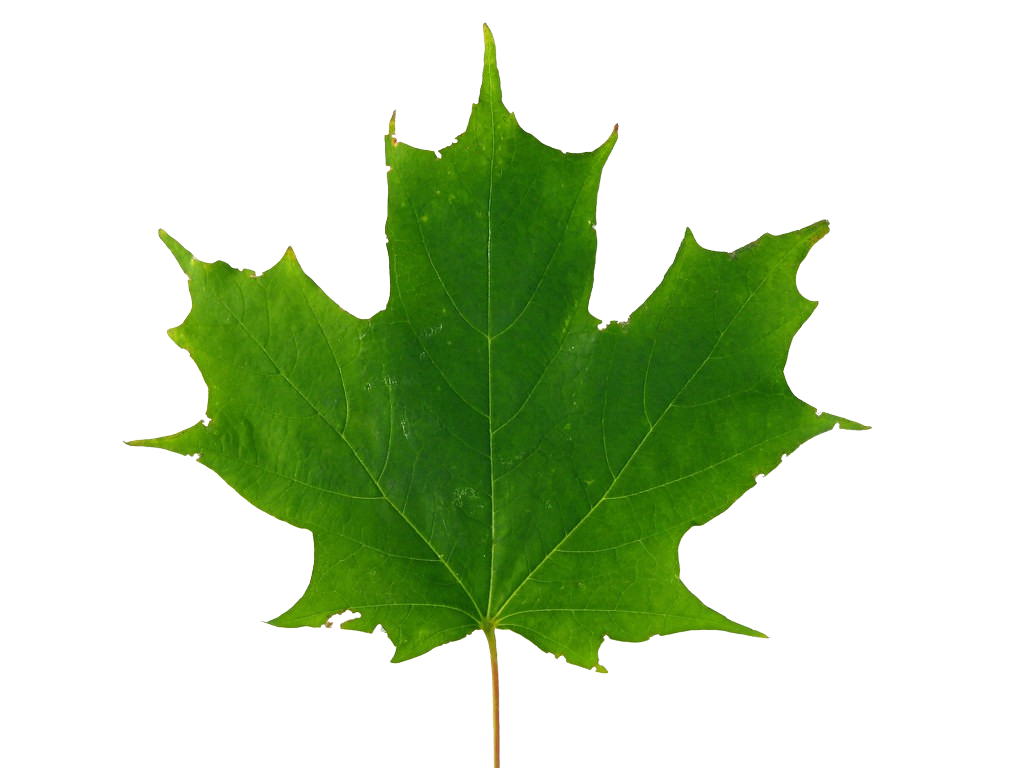
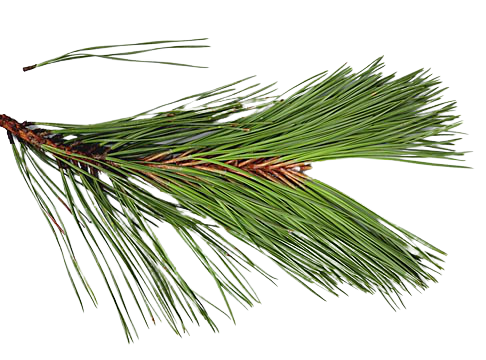
6. Pitch Pine
The pitch pine or Pinus rigida, is a pine that is found in the Southeastern areas of the U.S. This pine has needles that come in bundles of three and has cones that are attached to the tree individually. The cones have a long oval shape, and the scales have a prickly texture.
These cones are serotinous, which means that the cones need heat from fire to release the seeds for germination. The fire clears the surrounding area, releasing nutrients into the soil and allowing for more sunlight . This tree is known as a pioneer species too. That means that it is one of the first trees to repopulate an area. This could occur after a natural disaster, such as a wildfire, or it could occur after the clear cutting of an area. If given the chance, this tree could live to be over 200 years old. The Cherokee made good use of these trees, as they were used for the construction of canoes. The Iroquois used it for cuts and burns. Before you move on, take a good look at the bark. You might see sap coming out from between the plates. The sap of this tree is a specific adaptation that allows it to recover quickly after fires.
7. Willow Oak
The willow oak or Quercus phellos might not look like an oak at first glance, but as you look closer you will see more similarities to the post oak. The willow oak is native to this region and is part of the red oak family. It has longer, narrow leaves with branches that drape and lean outwards, hence the name, the willow oak. This oak, like its counterpart, the southern red, is a tree that is also found along drainage areas. However, unlike the southern red, its root system is less extensive, which is why it is often found along streams. The willow oak is also used as an ornamental tree and can be found in many areas of the southern landscape. Take a long look at the root structure before moving on and see if you can spot the differences between the three oaks that we have covered so far!

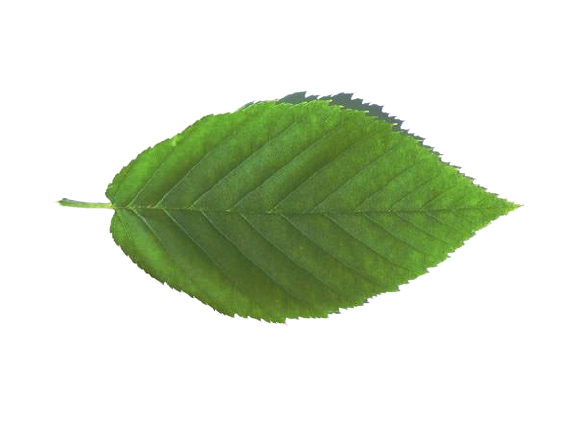
8. Yellow Birch
The yellow birch or Betula alleghaniensis is a deciduous tree that is native to East Tennessee. The bark on this tree compared to other birches has a yellowish color. The texture of the bark almost looks paper-like, as do all birches. This birch likes wetter areas but cannot tolerate dryer areas in hot sunlight. Those particular conditions can decrease the tree’s lifespan from around 150 years to only about 50-30 years. This birch is considered to be the most important birch for lumber in the US, as it is often used for hardwood floors. The native Americans used this as a blood purifier and its sap was mixed with maple syrup as a beverage. Take a closer look at the twigs, when chewed they often have a wintergreen taste. Before continuing on our walk, think about some of the characteristics that you have seen on this tree. Are there any adaptations that you think makes this tree more or less adaptable to this environment?
9. Flowering Dogwood
The flowering dogwood or Cornus florida, like the other trees we have covered, is native to this region. You might know this tree for its pink and white blossoms in the Spring. One easy way for naturalists to identify this tree at any time of year is the bark. This bark is divided into little areas of ruffled plates that almost look like mini raisins. This tree is best found in acidic places and in shady areas. The flowering dogwood does not do well in sunny, open areas, but prefers wet environments. So, this tree’s native areas extend all the way down to the tip of Florida. Unfortunately, the native dogwoods that are found throughout the Eastern area of the US are becoming infected with the Discula anthracnose fungus. The exact origin of this invasive fungus is unknown, but it is killing many local dogwood trees. This tree was historically used for treating Malaria by the Cherokee. Before moving on, consider what you think makes this tree unique. Is it the bark? Or the beautiful flowering buds in the Spring? How difficult do you think this tree would be to identify in the winter?
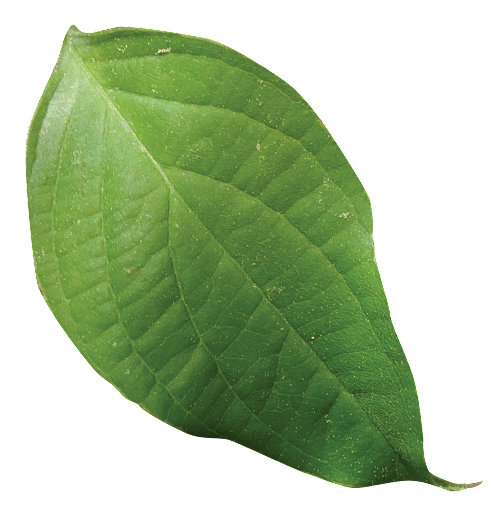
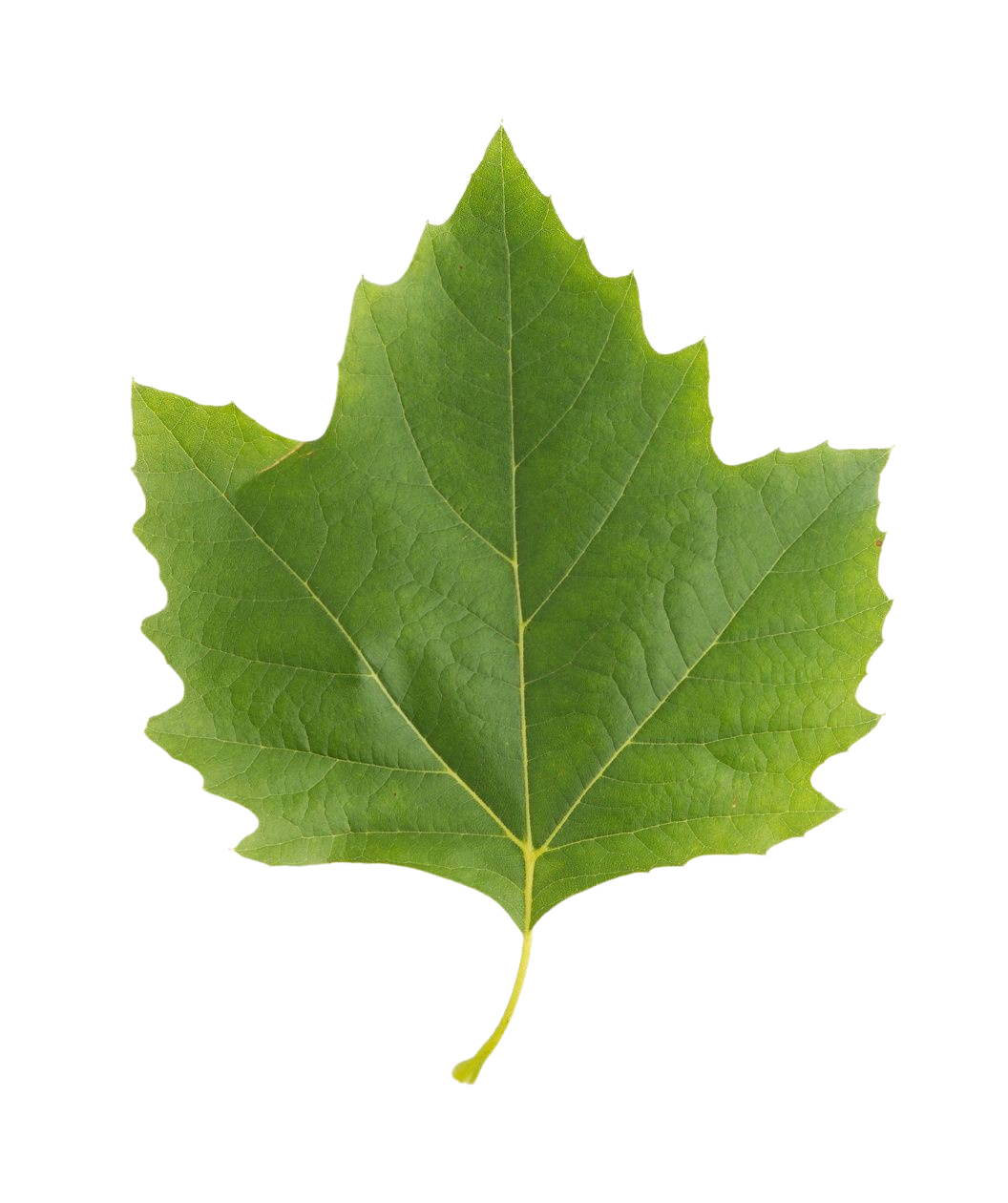
10. Sycamore
The sycamore, also known as the buttonwood or Platanus occidentalis, is the last tree on our tour. This tree is one of the more easily identifiable trees in the East Tennessee area. Its bark consists of numerous different shades of brown, black, green and grey. The bark peels off in paper-like pieces, making it very distinctive. This tree also has prickly brown seed balls that drop from the branches in the Spring. Butcher block countertops are made from its wood and it is also popular for making musical instruments, especially guitars. Sycamore trees also have a large place in US history, such as when the Buttonwood agreement was signed in 1792 creating the New York Stock exchange. It was signed under the shade of a sycamore tree, hence the name, the “Buttonwood” Agreement. Before leaving the park, take one last look at the trees around you. This park has become a place for native tree species to flourish. Each tree is unique, and all of them have created the Springbrook Park we know of today.
About the Creator
My name is Elyssa Looney and this project that you have just experienced was created through the Girl Scouting program. I created this tour when I was 17 and I have been involved in Girl Scouting since Kindergarten. This project has earned me my Girl Scout Gold Award, which is the highest award that a Girl Scout can earn. This award required 80 hours of community service. I have also earned my Silver Award, which required 50 hours, as well as my Bronze Award, which required 20 hours. Through this project, I earned my gold award by helping my community by enhancing green spaces, as well as helping the environment by promoting native trees. For this project I put together the interpretive sign that can be seen at the start of the walk, as well as this audio tour that you are listening to now. The completion of this project required $2500. The Girl Scout organization gave me a grant which I used for part of the project, while I had to earn the rest of the funding myself. If you would like to learn more about Girl Scouts or if you are interested in becoming a Girl Scout, please go to, www.girlscoutcsa.org. I hope you have enjoyed this walk as much as I enjoyed putting it together.
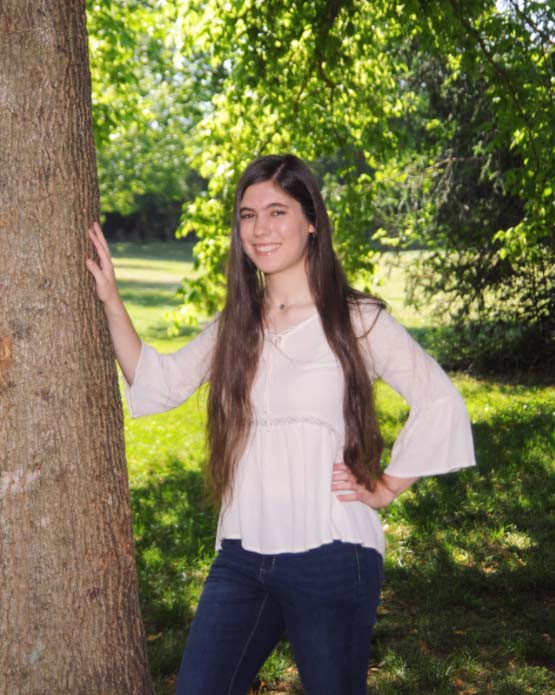

Thank Yous
I would like to give a big shout out to the people who have helped me complete this project. Michelle Prysby and Anne Kyle helped with the print of the sign and the audio tour; Pinkie Mistry designed the sign for free and helped with the QR code and links; Jaquie Stiver, who was my amazing Gold Award advisor; Jeremy LaDuke, who designed and put together my website; and Joe Huff, the City of Alcoa construction manager. He helped with the installation of the sign and the painted markers. Thanks also to Lisa Henrickson, my wonderful and encouraging troop leader and finally, to my parents, who were there to help me for every step along the way. Thank you all, for everything you have done for me.
Sources
- “Acer Rubrum.” Wikipedia, Wikimedia Foundation, 12 Mar. 2021, en.wikipedia.org/wiki/Acer_rubrum.
- “Betula Nigra.” Wikipedia, Wikimedia Foundation, 13 Mar. 2021, en.wikipedia.org/wiki/Betula_nigra.
- Clebsch, Edward, and Don Watkins. Trees of the Smokies . Great Smoky Mountains , 1993.
- Common Upland Hardwoods of Tennessee. Tennessee Department of Agriculture , 2014.
- Identifying Oak Trees Native to TennesseeUT. UT Department of Agriculture .
- “Pinus Rigida.” Wikipedia, Wikimedia Foundation, 3 Mar. 2021, en.wikipedia.org/wiki/Pinus_rigida.
- “Quercus Falcata.” Wikipedia, Wikimedia Foundation, 13 Mar. 2021, en.wikipedia.org/wiki/Quercus_falcata.
- “Sycamore.” Wikipedia, Wikimedia Foundation, 5 Mar. 2021, en.wikipedia.org/wiki/Sycamore.
